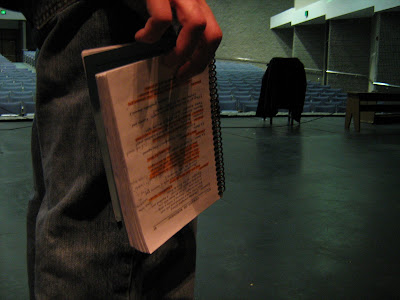
When I was in junior high, I discovered and cherished the Bloom County comic strip created by Berkeley Breathed. I have never really analyzed what it was about the residents of this strip that so excited me, but the look, the humor, and the characters were so different than anything else on the comics page. That strip is back in the Opus format, and several of the Bloom County characters have been resurrected. But, it ususally does not have the same impact on me that it did in years past.
I was quite struck with last Sunday's comic, however. Opus is visited by his mother - a continual wish of the penguin - who tries to dissuade him of his fears of the "dulling of humanity" in the face of text messaging. I have had the fears of Opus, and the end of the strip, included in this post, made be laugh and frown simultaneously. Media can connect us in so many ways, but it also can separate us. What is the crucial element of humanity? Is it our ideas, whether expressed in a face to face format or in a mediated form, or is it physical connection?
In my theatre class last semester, I mentioned that they could communicate information via text message, but it was not the best way to convey emotion and intent. I used this to lead off my voice and diction unit as a way of showing how important vocal work is and how flat verbal communication would be like without variation in tone, pich, volume, or rate. This approach was something I had never done before, and I forgot about it shortly after the lesson was done. However, I was reminded of it months later when a student said that every time she texts, she thinks about how she would say what she is sending, and looks at the characters on the screen and knows they will not convey the whole message. It was one of those moments where you pat yourself on the back because you have an idea that stuck. And it was a moment of human connection that, if she had emailed me, would not have been as powerful. I don't want to denegrate technology, just perhaps remind students of what technology can bring, but also what it can leave behind. A tone of voice. A hug from a mother. Maybe in understanding this, the students too will laugh and frown.











